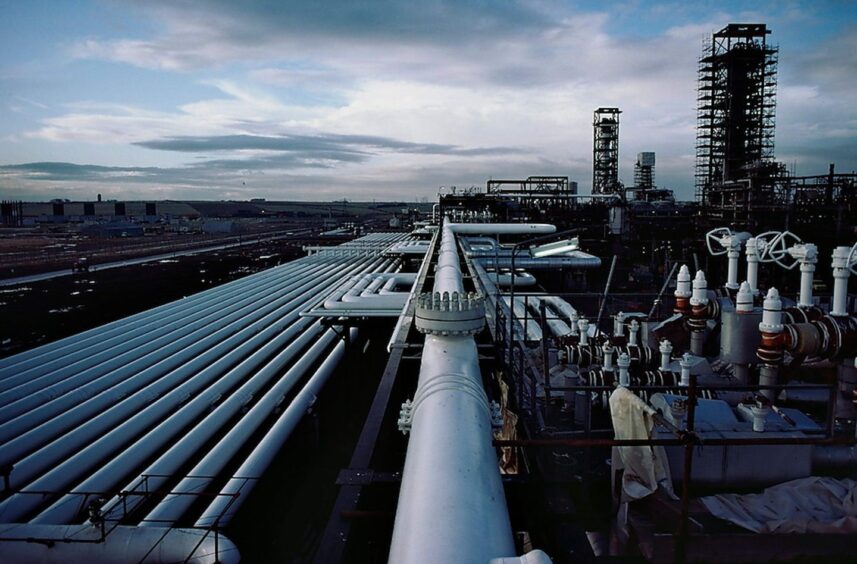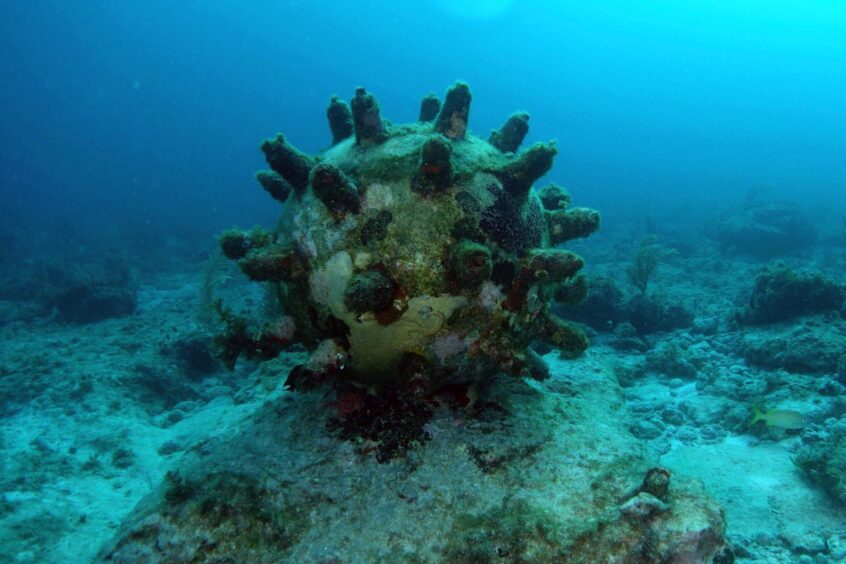
Shell has found what it suspects could be unexploded ordnance around 50 miles off the east coast of Shetland, near a pipeline that runs from the Brent platforms to the St Fergus Gas Terminal near Peterhead.
The UK-listed supermajor’s senior media spokesperson told Energy Voice confirmed it has a vessel in place after it found a potential explosive device near its the Far north Liquids and Associated Gas System (FLAGS) pipeline.
In a statement, the spokesperson said: “I can confirm that we have discovered a suspected unexploded ordnance during a routine inspection of the FLAGS pipeline in the North Sea in December 2024, approximately 80km [49.7 miles] East of Shetland.”
Shell (LON: SHEL) is working with “a third party” to investigate the object and “fully identify” it.
“We continue to liaise with relevant authorities including the Maritime Coastguard Agency, and have positioned a guard vessel at the location,” the company spokesperson added.
Finding unexploded ordnance (UXO) in the North Sea is fairly common.
Last March OEG Renewables business Hughes Subsea identified and undertook clearance work of UXO at ScottishPower Renewables’ 1.4GW East Anglia Three offshore wind farm.
The pipeline falls under a joint venture between Shell and Esso.
The FLAGS pipeline forms part of the Shell Esso Gas and Associated Liquids (SEGAL) system which is made up of two wet gas transportation pipelines.
FLAGS is responsible for transporting gas from the Northern North Sea to the Aberdeenshire terminal.
The discovery of “suspected unexploded ordnance” has not impacted the FLAGS pipeline as Shell confirmed that it is “operating normally”.
UXO is a term used to describe explosives that have not been detonated but have the potential to explode.
In the North Sea, UXO can be made up of a list of items including mines and World War II shells.
Work in the North Sea is set to make way for an “avalanche” of such discoveries, Brandon Mason, an archaeologist with Maritime Archaeology Ltd told Energy Voice in 2023.
“It’s not much of a surprise to archaeologists, but it is to developers that you keep going offshore and you keep finding this stuff,” he said at the time
Recommended for you


 © Supplied by OEG Energy Group
© Supplied by OEG Energy Group